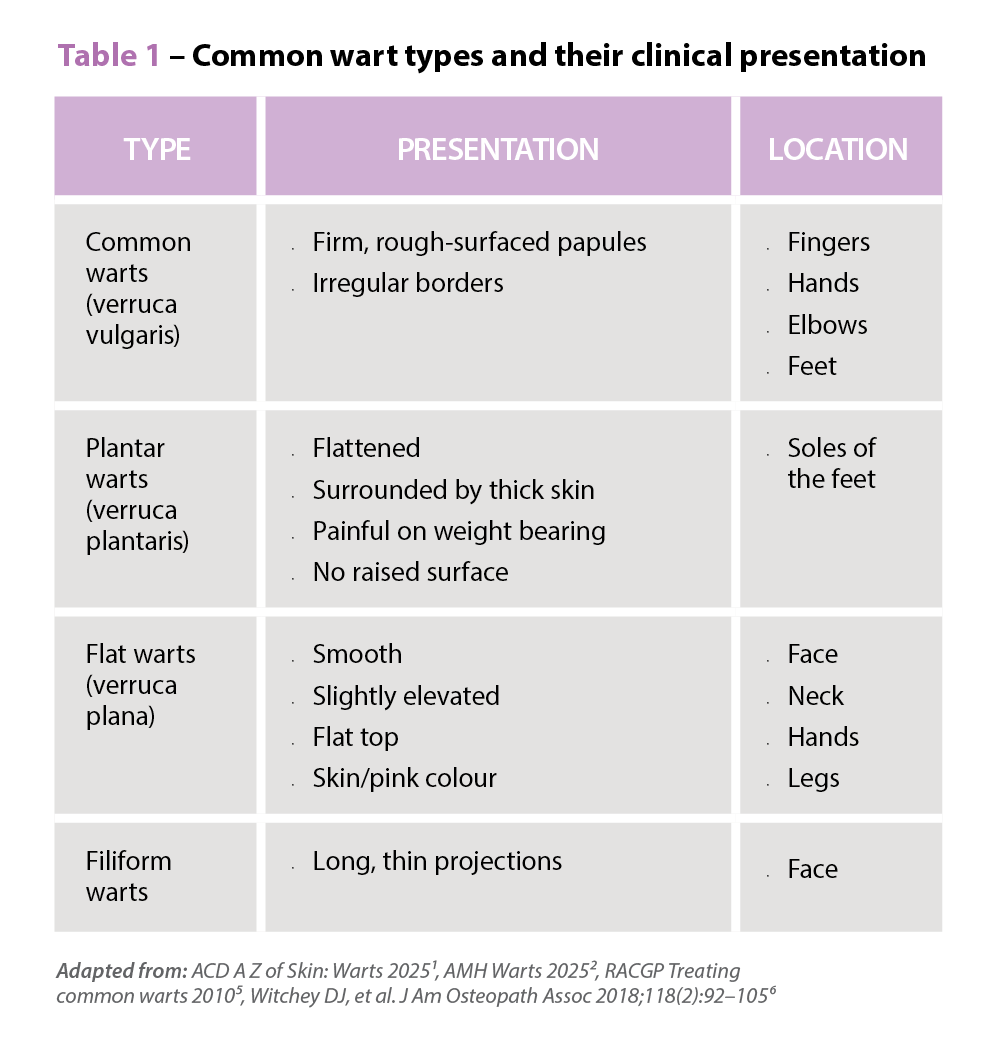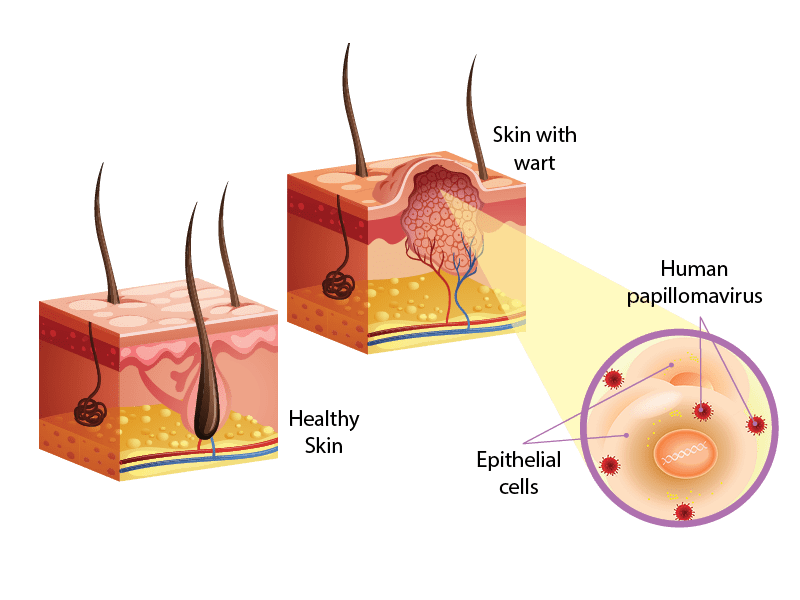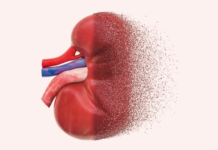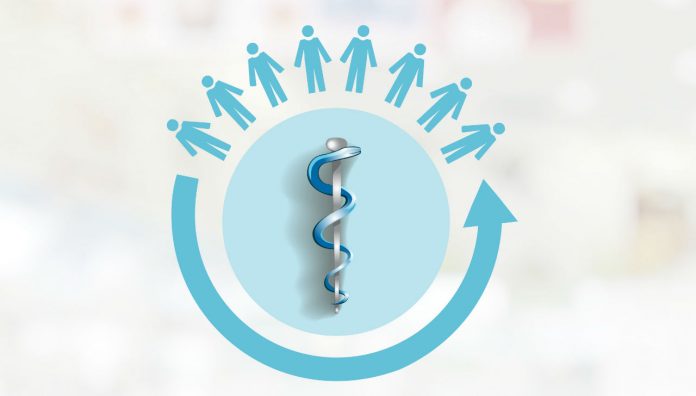The evidence is in: positive health outcomes can hinge on patients’ ability to understand health information – and on pharmacists’ ability to impart it.
Health literacy has important implications for understanding health information,1,2 guiding health behaviours3 and producing health outcomes.4 In a definition adopted by the World Health Organization, health literacy was defined as ‘the cognitive and social skills which determine the motivation and ability of individuals to gain access to, understand and use information in ways which promote and maintain good health’.5
Limited health literacy has important consequences for mortality, health status, use of health services, medication adherence, disease knowledge and healthcare expenditure.6 Although pharmacists and pharmacy assistants may be well placed to address and mitigate some of the health effects of limited health literacy,7 little evidence is available to guide their efforts. Moreover, their own health literacy has potential to influence the outcome of interactions with consumers of pharmacy and health services.
Who is affected
Health literacy varies by the characteristics of target groups (populations) often identified for interventions; these include demographic and economic factors. Age, ethnicity and income are consistently associated with health literacy in primary care settings.6 Older age is associated with more limited health literacy.8–11 Among the elderly, limited health literacy has in turn been associated with poor health outcomes, with strong evidence for higher all-cause mortality for older people with limited health literacy.4
Belonging to a minority ethnic group or speaking a minority language is also consistently associated with limited health literacy,8–10 as is having lower income or lower wealth status.9–11 Gender has not been consistently related to health literacy but one rare exception was the finding that women had higher levels of mental health literacy and more positive attitudes to mental health treatment options, including medication use, when compared to men.12
Intervention research suggests that improving the general reading ability of children with asthma reduces hospitalisation rates.13 Results are more complex for carers of children, where limited health literacy is associated with poorer knowledge about health outcomes, behaviours and services but is not always associated with the use of child health services.13
A consistent finding is that better health literacy is associated with improved knowledge about medications, including correct dosage and frequency of use,14 medication names,14–16 medication purpose and side-effects,16 and reduced errors involving understanding of medication,17 including improved understanding of label instructions.4,18 However, health literacy is not always associated with correct interpretation of medication labels19 and medication labels may be correctly understood by consumers irrespective of health literacy status.20
Research provides evidence for the value of health literacy interventions, including efforts by pharmacy staff to identify consumers with limited health literacy. For example, providing specific information about the timing of medication administration has been shown to result in less misinterpretation than simply providing daily medication-taking frequency information.18 Also, instructions on warning labels were often found to be confusing. Study participants recommended shorter, simplified text and graphical icons as ways to improve label comprehension.20
Despite a demonstrated relationship with medication knowledge, health literacy is not consistently found to be directly associated with medication adherence,21,22 although it has been found to predict the frequency of medication-taking19 and medication compliance in coronary patients and HIV patients.4 Health literacy was found to moderate the relationship between social support and medication adherence; greater social support was associated with improved medication adherence only for people with higher levels of health literacy.22 Differences in health literacy status influence whether consumers will question pharmacists about prescriptions and medications. People with higher levels of health literacy are more likely to ask questions, while people with limited health literacy are more likely to indicate that they understand pharmacists’ instructions and advice, even when this is not the case.22
In the context of verifying whether consumers in cross-cultural settings understand the medication information provided, pharmacists have used four methods to verify understanding23: having consumers demonstrate how they take their medications using props such as pill containers; asking specific questions about dose, timing and the name of medication; explicitly requesting a response from a patient about an instruction; and attending to patient verbal responses and non-verbal cues. Pharmacists indicated that the most reliable way to identify understanding is through repeated verification over multiple patient visits.23
In the pharmacy
Procedures and policies applied in a pharmacy, particularly policies surrounding the provision of information on medicine labels, can affect health literacy outcomes for consumers. In a survey of 30 pharmacies in the United States, most pharmacies22,30 provided written or verbal counselling, while only four provided graphical or multimedia aids to assist patients.24
A systematic review by Sheridan et al, which included pharmacy specific interventions, assessed evidence for the effect of health literacy interventions on improved health outcomes and disparities, outcomes in healthcare service use, and costs of care.25 They showed that interventions providing information ‘up-front’ and using pictorial representations improved patients’ comprehension of information about the quality of hospitals, while a ‘traffic light’ system did not.25 Multimedia presentation of health information had mixed results; it did not improve participants’ comprehension, although it increased intentions to adopt the goals of the intervention.
The authors also found that improving readability and using best-practice document design and self-management instruction improved health knowledge, while the use of video guidance helped people to read and understand medication labels.
Presenting numerical information in simple tables was also more effective than including numbers in text.
Interventions that applied multiple strategies to enhance health literacy improved cancer screening rates, particularly among those with limited health literacy.25 Using a range of strategies to address a health literacy problem improved asthma self-management, and some evidence was presented for reduced hospitalisations for heart failure among those with limited health literacy when multiple strategies were used.25 Overall, evidence suggests that combinations of strategies are more e_ ective than single strategies, and that the greatest gains may be among those with the most limited health literacy.
Discussion
Research demonstrates the importance of developing interventions that address health literacy at multiple levels in order to improve health behaviours and navigation of health services. Published findings support the concept of a universal precautions approach, which has application across the multiple levels of healthcare delivery that focus on the consumer and which is beyond the scope of a structured screening approach.
Evaluations of health literacy interventions in community pharmacy indicate the importance of considering how and when information is presented to consumers. Written information should be readable and well designed, with numerical information in tables.25 Video guidance is helpful for improving understanding of medication labels, although purely instructional videos are less helpful26 and targeting video information to the health literacy level of individual patients (a screening approach) may not be e_ ective.26 This implies that well-designed information – and delivery of this information – should be ubiquitous. Findings also suggest that information should be presented proactively rather than reactively. This is the cornerstone of a universal precautions approach and pharmacists can take initiative to provide information that is tailored to the needs of individuals.
Conclusions
Collectively, this work suggests that pharmacists and pharmacy assistants need to proactively engage consumers around their medication use, including responding to consumers’ verbal and non-verbal responses. This may require asking consumers to demonstrate how they take medicines (with props such as pill bottles if necessary), asking consumers specific questions about their medications, and explicitly requesting responses to instructions. The alternative is to present information that the consumer does not need to hear, does not want to heed or is unable to comprehend. This will not achieve the quality use of medicines.
The general finding that consumers with better health literacy are more likely to understand the importance of asking questions about their medications than consumers with limited health literacy is an important factor that should inform the design of health literacy interventions in community pharmacy settings – and reduces the need for formal screening strategies. The lower likelihood of those with limited health literacy to ask questions or seek information may be a form of denial or a deliberate decision not to engage with the pharmacist, as avoiding asking questions exonerates consumers from accepting advice or recommendations. Understanding and addressing this possibility is a challenge that pharmacists and intervention research should tackle.
References
- Rowlands G, Nutbeam D. Health literacy and the ‘inverse information law’. The British Journal of General Practice. 2013;63(608):120-1. At: https://www.ncbi.nlm.nih.gov/pmc/articles/PMC3582948/
- Jordan JE, Buchbinder R, Briggs AM, Elsworth GR, Busija L, Batterham R, et al. The health literacy management scale (HeLMS): a measure of an individual’s capacity to seek, understand and use health information within the healthcare setting. Patient education and counseling. 2013;91(2):228-35. At: https://www.ncbi.nlm.nih.gov/pubmed/23419326
- Osborn CY, Paasche-Orlow MK, Bailey SC, Wolf MS. The Mechanisms Linking Health Literacy to Behavior and Health Status. American journal of health behavior. 2011;35(1):118-28. At: https://www.ncbi.nlm.nih.gov/pubmed/20950164
- Berkman ND, Sheridan SL, Donahue KE, Halpern DJ, Crotty K. Low health literacy and health outcomes: an updated systematic review. Ann Intern Med. 2011;155(2):97-107. At: https://www.ncbi.nlm.nih.gov/pubmed/21768583
- Nutbeam D. Health Promotion Glossary. Health Promot Int. 1998;13(4):349-64. At: http://www.ais.up.ac.za/med/scm870/nutbeam.PDF
- Bush RA, Boyle F, Ostini R, Ozolins I, Brabant M, Soto EJ, et al. Advancing Health Literacy Through Primary Health Care Systems. Canberra: Australian Primary Health Care Research Institute 2009. At: https://openresearch-repository.anu.edu.au/handle/1885/119189
- Kairuz T, Bellamy K, Lord E, Emmerton L, Ostini R. Health literacy among consumers in community pharmacy: Perceptions of pharmacy staff. Health Expectations. 2012;15(1):12-22. At: https://www.ncbi.nlm.nih.gov/pmc/articles/PMC5060898/
- Gazmararian JA, Baker DW, Williams MV, Parker RM, Scott TL, Green DC, et al. Health literacy among Medicare enrollees in a managed care organization. JAMA. 1999;281(6):545-51. At: https://www.ncbi.nlm.nih.gov/pubmed/10022111
- Kutner M, Greenburg E, Jin Y, Paulsen C. The Health Literacy of America’s Adults: Results from the 2003 National Assessment of Adult Literacy. NCES 2006-483. National Center for Education Statistics. 2006. At: https://nces.ed.gov/pubs2006/2006483.pdf
- Rudd R, Kirsch I, Yamamoto K. Literacy and Health in America. Policy Information Report. Educational Testing Service. 2004. At: https://www.ets.org/Media/Research/pdf/PICHEATH.pdf
- Von Wagner C, Knight K, Steptoe A, Wardle J. Functional health literacy and health-promoting behaviour in a national sample of British adults. Journal of Epidemiology and Community Health. 2007;61(12):1086-90. At: https://www.ncbi.nlm.nih.gov/pubmed/18000132
- Wong DF, Lam AY, Poon A, Chow AY. Gender differences in mental health literacy among Chinese-speaking Australians in Melbourne, Australia. Int J Soc Psychiatry. 2011. At: https://www.ncbi.nlm.nih.gov/pubmed/21307086
- DeWalt DA, Hink A. Health literacy and child health outcomes: a systematic review of the literature. Pediatrics. 2009;124 Suppl 3:S265-74. At: https://www.ncbi.nlm.nih.gov/pubmed/19861480
- Backes AC, Kuo GM. The association between functional health literacy and patient-reported recall of medications at outpatient pharmacies. Res Social Adm Pharm. 2011. At: https://www.ncbi.nlm.nih.gov/pubmed/22133649
- Kripalani S, Henderson LE, Chiu EY, Robertson R, Kolm P, Jacobson TA. Predictors of medication self-management skill in a low-literacy population. J Gen Intern Med. 2006;21(8):852-6. At: https://www.ncbi.nlm.nih.gov/pubmed/16881946
- Marks JR, Schectman JM, Groninger H, Plews-Ogan ML. The association of health literacy and socio-demographic factors with medication knowledge. Patient education and counseling. 2010;78(3):372-6. At: https://www.ncbi.nlm.nih.gov/pubmed/19773144
- Davis TC, Wolf MS, Bass PF, Thompson JA, Parker RM, et al. Literacy and misunderstanding prescription drug labels. Ann Intern Med. 2006;145(12):887-94. At: https://www.ncbi.nlm.nih.gov/pubmed/17135578
- Davis TC, Federman AD, Bass PF, 3rd, Jackson RH, Middlebrooks M, Parker RM, et al. Improving patient understanding of prescription drug label instructions. J Gen Intern Med. 2009;24(1):57-62. At: https://www.ncbi.nlm.nih.gov/pubmed/18979142
- Wolf MS, Curtis LM, Waite K, Bailey SC, Hedlund LA, Davis TC, et al. Helping patients simplify and safely use complex prescription regimens. Arch Intern Med. 2011;171(4):300-5. At: https://www.ncbi.nlm.nih.gov/pmc/articles/PMC5130952/
- Webb J, Davis TC, Bernadella P, Clayman ML, Parker RM, Adler D, et al. Patient-centered approach for improving prescription drug warning labels. Patient education and counseling. 2008;72(3):443-9. At: https://www.ncbi.nlm.nih.gov/pubmed/18644691
- Gatti ME, Jacobson KL, Gazmararian JA, Schmotzer B, Kripalani S. Relationships between beliefs about medications and adherence. Am J Health Syst Pharm. 2009;66(7):657-64. At: https://www.ncbi.nlm.nih.gov/pubmed/19299373
- Johnson VR, Jacobson KL, Gazmararian JA, Blake SC. Does social support help limited-literacy patients with medication adherence? A mixed methods study of patients in the Pharmacy Intervention for Limited Literacy (PILL) study. Patient education and counseling. 2010;79(1):14-24. At: https://www.ncbi.nlm.nih.gov/pubmed/19647967
- Watermeyer J, Penn C. “Tell me so I know you understand”: pharmacists’ verification of patients’ comprehension of antiretroviral dosage instructions in a cross-cultural context. Patient education and counseling. 2009;75(2):205-13. At: https://www.researchgate.net/publication/23651892_Tell_me_so_I_know_you_understand_Pharmacists’_verification_of_patients’_comprehension_of_antiretroviral_dosage_instructions_in_a_cross-cultural_context
- Praska JL, Kripalani S, Seright AL, Jacobson TA. Identifying and assisting low-literacy patients with medication use: A survey of community pharmacies. Ann Pharmacother. 2005;39(9):1441-5. At: https://www.ncbi.nlm.nih.gov/pubmed/16046489
- Sheridan SL, Halpern DJ, Viera AJ, Berkman ND, Donahue KE, Crotty K. Interventions for individuals with low health literacy: a systematic review. J Health Commun. 2011;16 Suppl 3:30-54. At: https://www.ncbi.nlm.nih.gov/pubmed/21951242
- Muir KW, Ventura A, Stinnett SS, Enfiedjian A, Allingham RR, Lee PP. The influence of health literacy level on an educational intervention to improve glaucoma medication adherence. Patient education and counseling. 2011;87(2):160-4. At: https://www.ncbi.nlm.nih.gov/pubmed/22000272




 Symptoms
Symptoms













